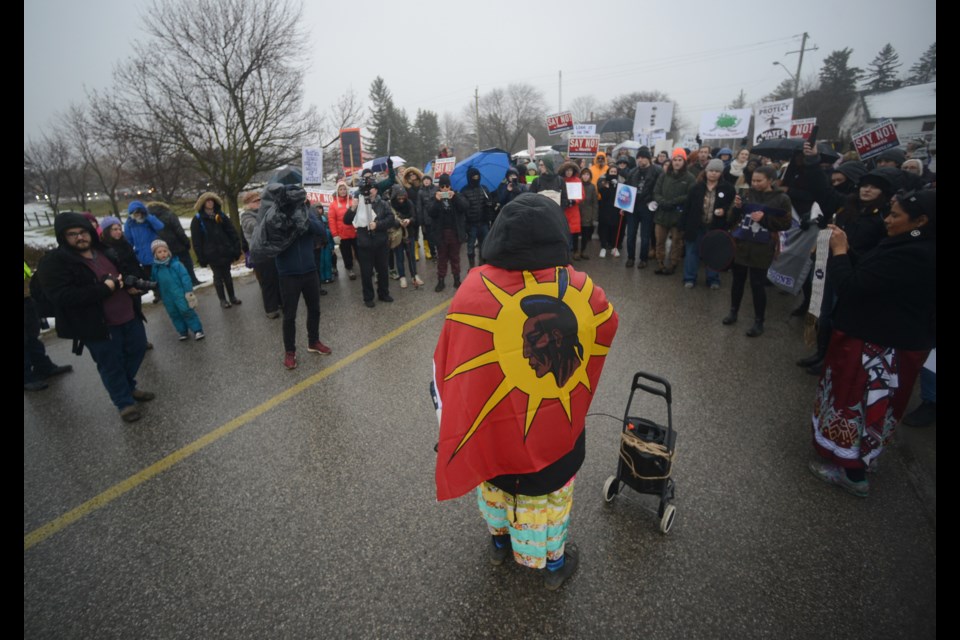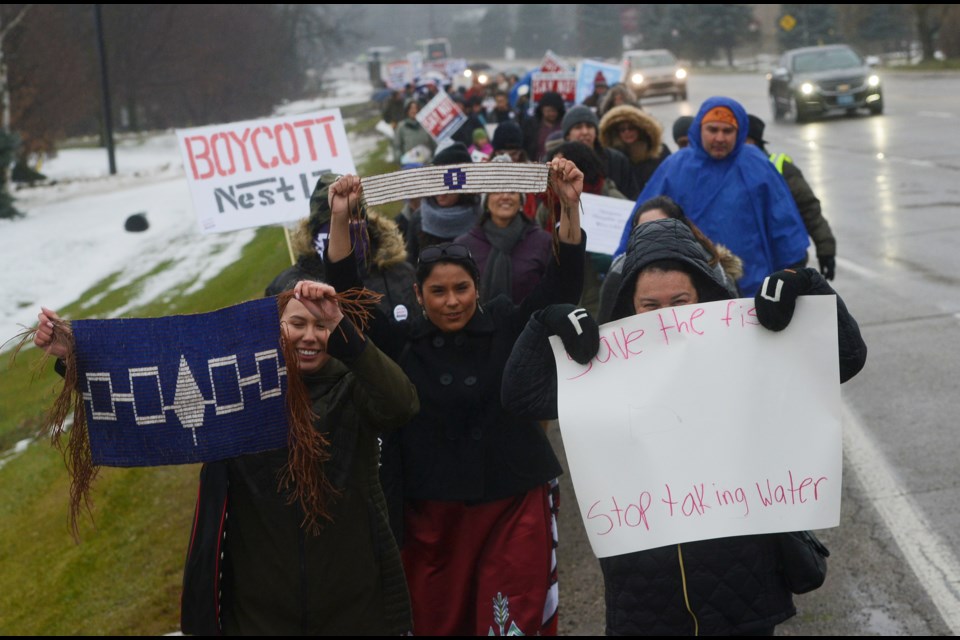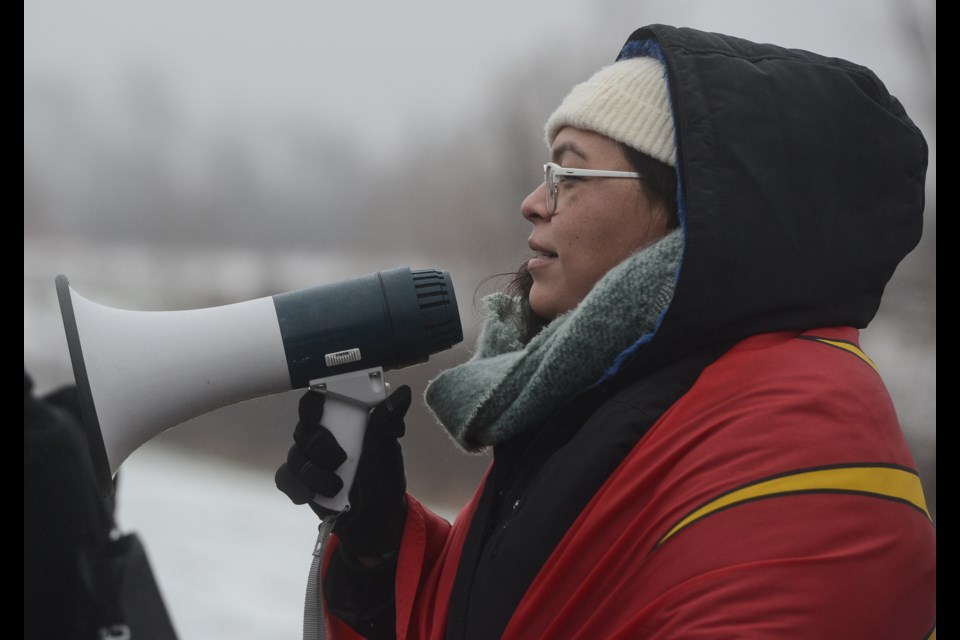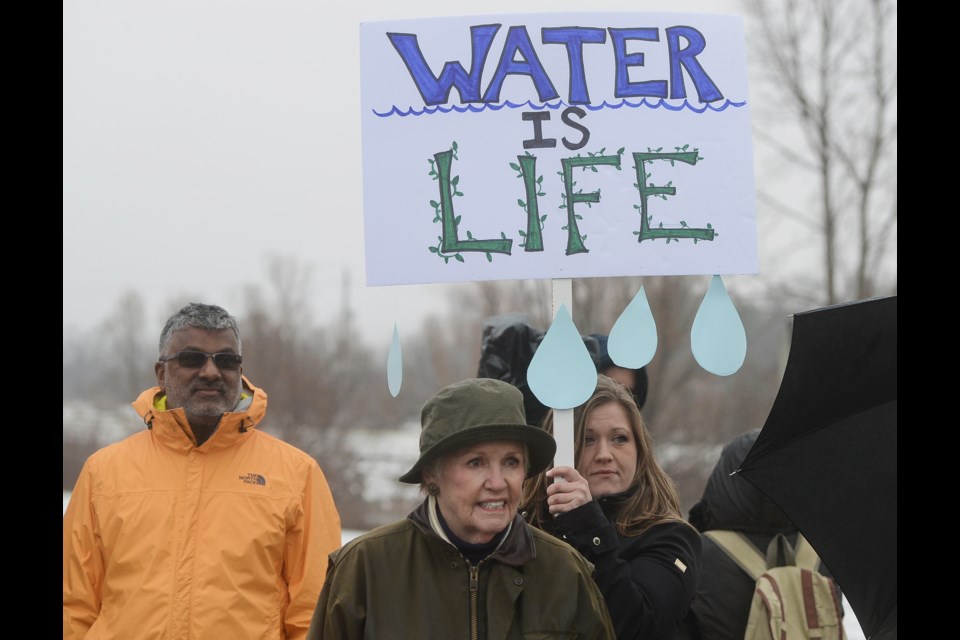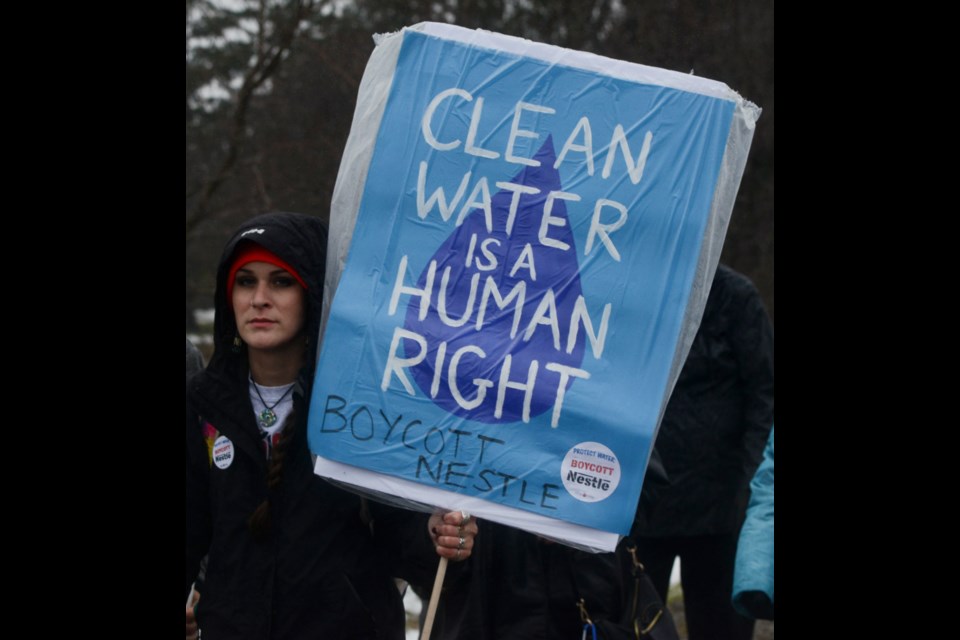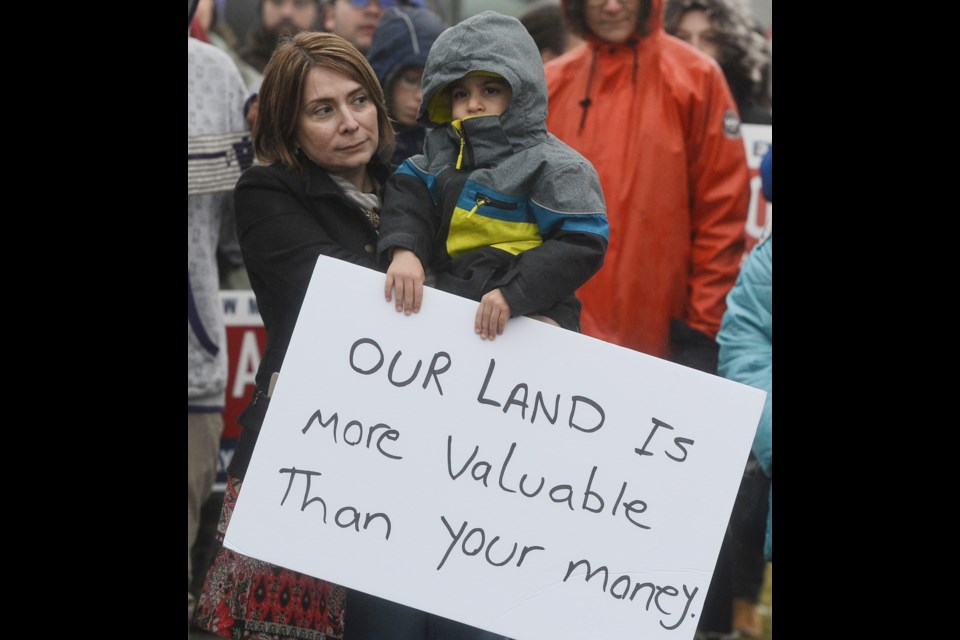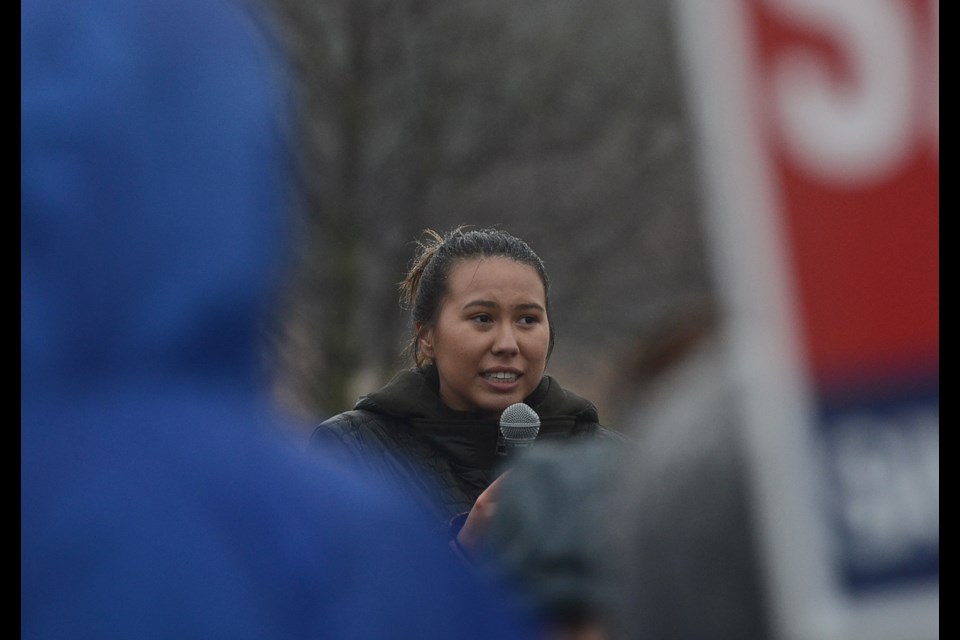NOTE: The first part of the article will be a “review” for many. You may wish to start reading at the heading:
Contagious act of resistance
Opinion

— Counter Currents
THIS has been the seventh year that WikiLeaks founder Julian Assange spent Christmas in confinement inside Ecuador’s London embassy. For nearly a decade, the US government’s aggressive witch-hunt of truthtellers has trapped him in the UK.
– – –
Assange claimed political asylum in the Ecuadorian Embassy in 2012 to mitigate the risk of extradition to the US, relating to his publishing activities. He has been unlawfully held by the UK government without charge, being denied access to medical treatment, fresh air, sunlight and adequate space to exercise. In December 2015, the UN Working Group on Arbitrary Detention concluded that Assange was being ‘arbitrarily deprived of his freedom and demanded that he be released.’ Yet the UK government’s refusal to comply with the UN finding has allowed this unlawful detention to continue.
– – –
This cruel persecution of Assange represents a deep crisis of western democracy. As injustice against this western journalist prevails, the legitimacy of traditional institutions has weakened. The benevolent democracy that many were taught to believe in has been shown to be an illusion. It has been revealed as a system of control, lacking enforcement mechanisms in law to deal with real offenders of human rights violations, who for example illegally invade countries under the pretext of fighting terrorism. Under this managed democracy, the premise of ‘no person is above laws’ is made into a pretense that elites use to escape democratic accountability. Media has become the ‘Guardian’ of ruling elites that engage in propaganda to distort truth.
Dictatorship of the west
ASSANGE’S plight, his struggle for freedom revealed a dictatorship in the West. There have been changes in Ecuador’s treatment of Assange ever since a new President Lenin Moreno took office in May 2017. Contrary to the former President Rafael Correa, who courageously granted the publisher asylum, Moreno has shown total disregard for this Australian journalist who has become a political refugee and also a citizen of Ecuador since December 2017.
– – –
This Ecuadorian government’s shift in attitude had to do with western governments’ bullying this small nation of South America. It was reported that the US has pressured Ecuador over loans, making it act illegally in violation of international laws as well as its own constitution. At the end of March, one day after a high level US military visit to Ecuador, this new Ecuadorian president unilaterally cut off Assange from the outside world, by denying his access to internet, prohibiting him from having visitors and communicating with the press. Assange has been put into isolation, which Human Rights Watch general counsel described as being similar to solitary confinement.
– – –
In mid October, in the guise of restoring his internet access, Ecuador issued a “Special Protocol” that perpetuates this silencing of Assange. By further restricting his freedom of expression and requiring him to pay for medical bills and phone calls, Moreno government seeks to break Assange. He is forcing him to leave the embassy on his own accord and get arrested by UK authorities, who are refusing to give him assurances to not extradite him to the US.
US imperialism
ASSANGE has met the fury of empire by exposing US government war crimes having the blood of tens of thousands of innocent people dripping from its hands. He has become a political prisoner, being treated as an enemy by the most powerful government in the world. Last month, US prosecutors mistakenly revealed secret criminal charges against Assange under file in the Eastern District of Virginia.
– – –
James Goodale, First Amendment lawyer and former general counsel of the New York Times, commented on the danger of US government’s efforts to charge a journalist possibly under espionage who is not American and did not publish in the US:
‘A charge against Assange for “conspiring” with a source is the most dangerous charge that I can think of with respect to the First Amendment in almost all my years representing media organisations.’
The Espionage Act of 1917 is a US federal law, created after World War I to prosecute spies during wartime. This law is still in effect today and can be used to go after even those outside of US territory, due to a later amendment that removed this wording from the act: ‘within the jurisdiction of the United States, on the high seas, and within the United States.’
Obama’s justice department was eager to prosecute Assange and WikiLeaks for publishing classified documents, but chose not to do so, due to concerns that it would set a precedent which could strip away the First Amendment protection for the press. After WikiLeaks’ Vault 7 publication in March 2017 detailing CIA capabilities to perform electronic surveillance, the US government showed its appetite to abuse this outdated law to criminalise journalism.
– – –
In April 2017, the then Attorney General Jeff Sessions stated that the arrest of Assange is a priority. This threat on press freedom increased in the following months, as he showed his determination to prosecute media outlets publishing classified information. Trump’s Secretary of State and the former CIA director, Mike Pompeo called WikiLeaks ‘a non-state hostile intelligence service’, claiming that the organisation tries to subvert American values and it needs to be shut down. As the Trump administration tries to claim that it has a right to prosecute anyone in the world in their assault on free press, top Democratic leaders on Capitol Hill showed their bipartisan support. They signed a letter demanding Pompeo urges Ecuador to evict Assange.
Contagious act of resistance
THE secret indictment against Assange opened a sad era for democracy. Barry Pollack, WikiLeaks founder’s Washington DC based attorney noted that this Trump administration’s attempt to prosecute ‘someone for publishing truth is a dangerous path for democracy to take.’ David Kaye, UN special rapporteur on freedom of opinion and expression stated that ‘prosecuting Assange would be dangerously problematic from the perspective of press freedom’ and should be resisted.
– – –
Top human rights organisations have been showing strong opposition against the extradition of Assange. Both Amnesty International and Human Rights Watch urged the UK government not to extradite him to the US. More than 30 Parliamentarians of the German parliament and EU parliament wrote to UN secretary general Antonio Guterres, asking the UN to intervene so that Assange can travel to a safe third country.
– – –
Now, significant support for Assange has emerged from one of the European nations. On December 20, two German parliamentarians came to London to visit Assange inside the Ecuadorian Embassy. Germany that once suffered the suppression of civil liberty under a terrifyingly totalitarian state, has in recent years become a safe haven for western dissidents who were forced to flee their countries against their governments’ persecution. In the aftermath of Snowden revelations of the ‘United Stasi of America’, support for the safety of whistleblowers and journalists who report on government surveillance has increasingly grown.
– – –
WikiLeaks investigative editor Sarah Harrison, who helped to secure asylum for the NSA whistleblower found her refuge for her exile from the UK in Berlin. Germany’s major centre-left political party, SPD recognised her political courage, demonstrated in her work with WikiLeaks and the organisation’s extraordinary source protection. Harrison was given an award, named after a journalist and the former West German chancellor Willy Brant who escaped the Nazis and was exiled before returning to Germany.
– – –
Last week, two German politicians who traveled to visit Assange, carried out an act of urgent diplomacy to represent this country’s commitment to the value of freedom of speech. At the press conference outside of the embassy after their visit, the pair who has been eager to see Assange for months, but were not allowed to do so until now, stood with Assange’s father and called for an international solution to western government’s persecution of Assange. Sevim Dagdelen, member of the Left Party, emphasised that Assange’s injustice is an exceptional case, noting how ‘there is no other publisher or editor in the western world who has been arbitrarily detained’ and this is a betrayal of western values about human rights. Heike Hansel, vice-chairman of the Left parliamentary group, urged people to resist US government’ extraterritorial prosecution of Assange.
The courage of individuals inside democratic institutions, striving to uphold civil liberties, became contagious. Just before Christmas Eve this year, UN experts reiterated their demand for the UK to honour its international obligations and allow Assange to leave the embassy without fear of arrest and extradition. Chris Williamson, a sitting UK member of parliament has endorsed the UN’s statement that Assange should be compensated and be made free.While elected officials are standing up for the principle of democracy, concerned citizens around the world day and night stand watch over Assange outside of the embassy in London.
Restoring rule of law
AS 2018 comes to an end, the legitimacy of the West and its entire fabric of institutions is now being tested. Democracy birthed in ancient Athens, was people’s aspiration to organise a society through their direct participation in power. In modern times, it got uprooted from the original imagination and quickly degenerated into a form of ‘elective despotism’ that Thomas Jefferson once predicted.
– – –
In the institutional hierarchy of western liberal democracy, what was regarded as the force for progress began to decay, from inside out. A system of representation that is purported to make those who are capable and intelligent to use their skills for public service, has been abused. Now, the rich and powerful began to inflict harm on those whom they are supposed to represent.
– – –
WikiLeaks, the world’s first global Fourth Estate, has come to existence as response to this crisis of democracy. With a pristine record of accuracy in its publications, the whistleblowing site brought a way for citizens around the world to transform this hollow democracy that has devoured ideals that once inspired the hearts of ordinary people.
– – –
From the 2007 release of the Kroll report on official corruption in Kenyathat affected the outcome of the national election, to the exposing of the moral bankruptcy of Iceland’s largest bank in 2009, WikiLeaks publications helped awaken the power of citizenry in many countries. Released documents sparked global uprisings, transforming pervasive defeatism and despair into collective action on the streets. US diplomatic cables leak shared through social media in 2010 unleashed a powerful force that finally toppled the corrupt Tunisian dictator Ben Ali.
– – –
Months after the Arab Spring, informed by WikiLeaks cables, people in Mexico launched a peaceful youth movement against the political corruption of the media. Revelations of Cablegate also affected the course of a presidential election in Peru, and transformed the media in Brazil. In 2016, the DNC leaks and publication of Podesta emails educated American people about how their political system works.
– – –
Julian Assange, through his work with WikiLeaks, engaged in that type of vibrant journalism that revitalized the impulse for real democracy. By publishing vital information in the public interest, he defended public’s right to know, empowering ordinary people to actively participate in history.
Now, it is our responsibility to respond to this crisis of democracy through solidarity. Can each of us step up to the challenge to solve the problems that our leaders have created? Efforts to free Assange urge us all to claim and exercise the power inherent within that can restore justice to end this prosecution of free speech.
Countercurrents.org, December 30. Nozomi Hayase, PhD, is a writer who has been covering issues of freedom of speech, transparency and decentralized movements.
/arc-anglerfish-tgam-prod-tgam.s3.amazonaws.com/public/R3EPUDGS2RH3DFWWBP777YIRGQ)
/arc-anglerfish-tgam-prod-tgam.s3.amazonaws.com/public/OZ3QURJVBVF7FKDMIPF5D6ZTKA)

